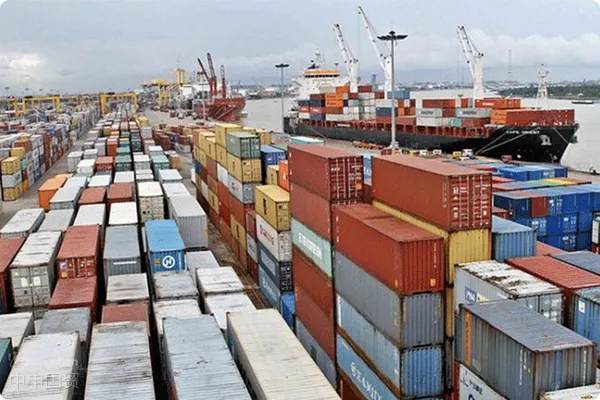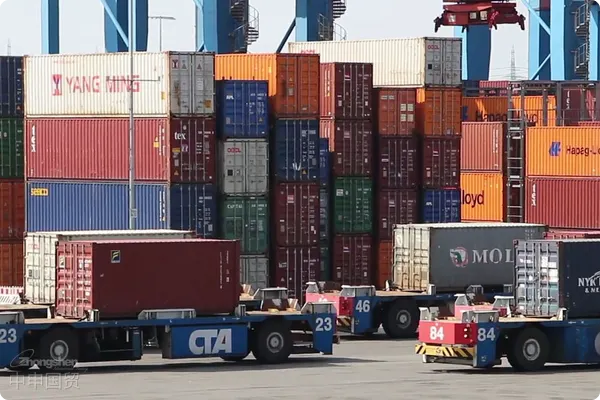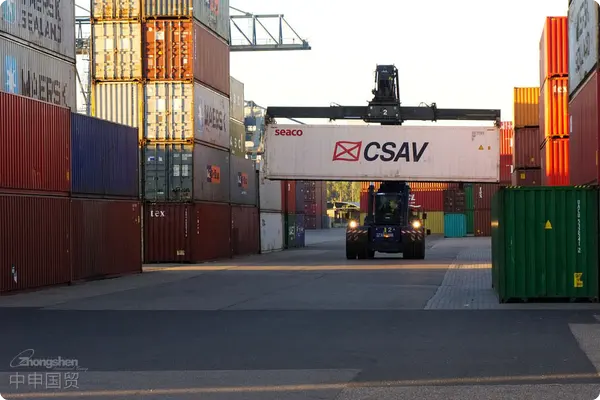- Shanghai Zhongshen International Trade Co., Ltd. - Two decades of trade agency expertise.
- Service Hotline: 139 1787 2118
Home ? Export Drawback ? How does an export agent handle tax rebates? These key issues must be understood in advance.

Which enterprises are eligible to handle tax rebates throughExport Representationhandling tax rebates?
According to the latest regulations in 2025, enterprises that meet the following conditions can handle through an agentExport Drawback:
- Main body qualification requirements
- Hold a valid foreignforeign tradetrade operators record - keeping registration
- Have completed customsimport and exportshipper - consignee registration
- Have the enterprise qualification in the list of the State Administration of Foreign Exchange
- Business compliance requirements
- The goods actually leave the country and completeA complete export agency agreement should be attached with:
- Obtain legally valid VAT special invoices
- The names, quantities, and units of the customs declaration form, value - added tax invoice are consistent among the three documents.
What specific processes does the export agent tax rebate service include?
Professional agencies usually provide a full - process service:
- Pre - preparation Stage
- Classification of commodity codes and confirmation of tax refund rates
- Compliance review of customs declaration documents (new electronic signature requirements added in 2025)
- Cross - border foreign exchange collection path planning
- Tax refund declaration stage
- Export ClearanceSingle electronic data collection
- Cross - audit of VAT invoices
- Data entry and declaration in the tax refund declaration system
- Follow - up stage
- Accompanying the tax authorities for on - site inspections
- Handling of abnormal tax refund situations
- Annual tax refund data filing management
How long does the tax refund cycle take in 2025?
According to the work guidelines of the State Taxation Administration in 2025, the normal tax refund cycle has been shortened to:
- Class - 1 export enterprisesCompleted within 5 working days
- Class - 2 export enterprises: Completed within 10 working days
- Newly registered enterprises: The first tax refund requires 20 working days (including on - site inspections)
The actual cycle is affected by the following factors:
- The transmission speed of customs declaration electronic information (the system upgraded by the General Administration of Customs in 2024 has increased the speed by 30%)
- The certification progress of VAT invoices
- The inspection work arrangements of the tax authorities
How to prevent common risks in agency tax refund?
It is recommended to focus on the following risk points:
- Bill risks
- Suppliers falsely issuing special VAT invoices
- The names of goods on the customs declaration form do not match those on the VAT invoice
- Operational risks
- Abnormal cross - border capital reflux
- Errors in declaration data entry
- Policy Risk
- Incorrect classification of commodity codes leading to inappropriate application of tax refund rates
- Violation of Declaration for Export - Controlled Goods
What key indicators should be noted when choosing an export agency?
Professional agencies should possess:
- Compliance qualifications: AEO certification, international trade service qualifications
- System Capability: Declaration system connected to the single window of the General Administration of Customs
- Service cases: Practical experience in tax refund for similar products (such as a case in 2023 where an electromechanical enterprise successfully recovered overdue tax refunds)
- Price transparency: Clear calculation method for service fees (it is recommended to adopt the charging mode based on the proportion of tax refunds)
Tags: Foreign Trade Agency Agreement Foreign Trade Documents Customs Declaration Foreign Trade Documents Export Drawback Foreign Trade Documents Customs Recordation Foreign Trade Documents Trade Essentials Foreign Trade Documents Declaration Foreign Trade Documents Customs Foreign Trade Documents Tax Invoice
Related Recommendations
? 2025. All Rights Reserved. Shanghai ICP No. 2023007705-2  PSB Record: Shanghai No.31011502009912
PSB Record: Shanghai No.31011502009912









